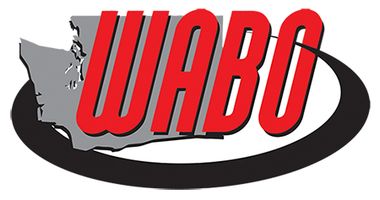NFPA 54: National Fuel Gas Code, 2021 Edition
Improve public safety by referencing NFPA 54/ANSI Z223.1, 2021 edition, for the latest criteria for the acceptable use of gas in homes and buildings. From carbon monoxide poisoning to the risks of fire and explosion, there are many hazards inherent with the utilization of gaseous fuels. NFPA 54 offers comprehensive provisions for the safe design, installation, operation, maintenance, purging, and inspection of gas piping, equipment, accessories, and appliances supplied with fuel gas. The code covers: Pipe sizing and installing pipes underground, aboveground, and inside concealed spaces. Piping inspection, testing, system leak check, and purging. Requirements for process air and installation of appliances. Minimum safe performance criteria, general requirements, and specifications for venting combustion products. Take confidence you are up to date with the latest information on fuel gas installations by referencing the new NFPA 54. The National Fuel Gas Code is the cumulative result of the vast knowledge of a broad range of stakeholders and organizations with expertise in gas piping and equipment and the use of gaseous fuels. An industry-accepted standard, the recently amended NFPA 54 features significant changes and additions to account for state-of-the-art equipment, practices, materials, trends, and technology. Changes to the 2021 edition include: Revisions in Chapter 10 requiring appliances to be listed to and in compliance with the appropriate ANSI/CSA appliance listing standard. Addition of a table for through the wall vent terminal clearances to Chapter 12, along with an associated annex figure that coordinates this code with the clearances in ANSI product standards. Definition of engineering methods in Chapter 4 to provide guidance to authorities having jurisdiction on acceptable methods, eliminating the need to approve all engineering methods used individually. Revised and reorganized electric isolation requirements for gas piping installation to better reflect where the dielectric union is to be installed in the system and what it is protecting. Make sure you have the most current provisions to help ensure fuel gas safety on consumer premises.

